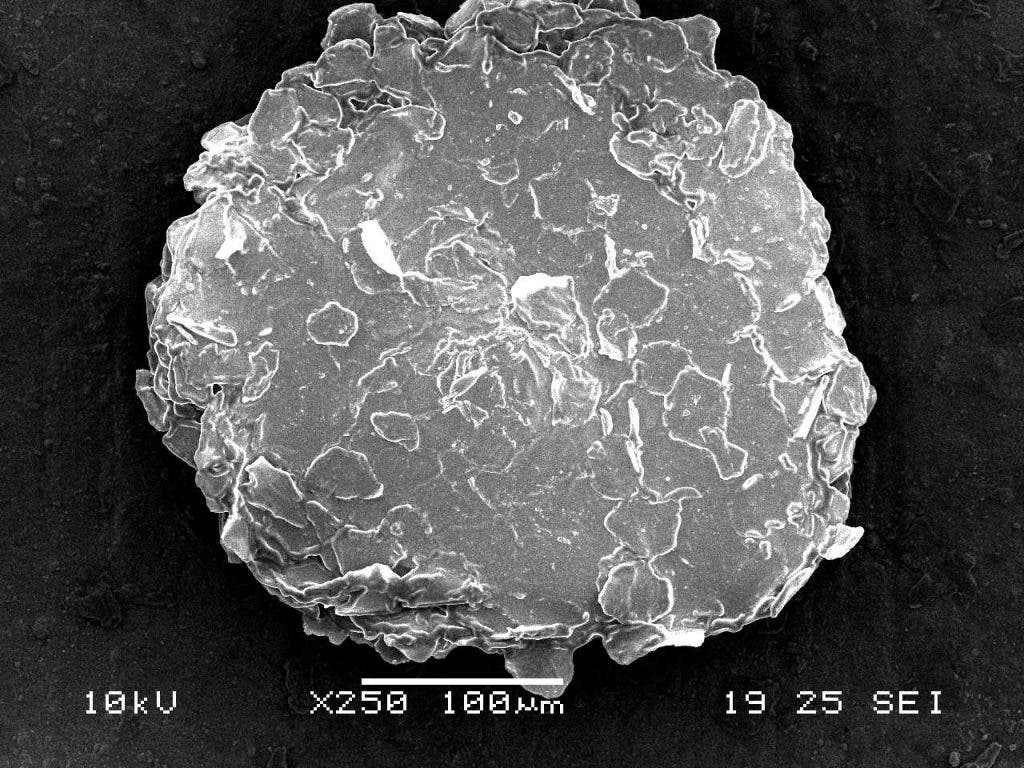Dandruff is the most common scalp condition, yet we know surprisingly little about it.
Over 100 years ago, French microbiologist named Louis-Charles Malassez noticed a fungus — which he dubbed Malassezia — on the scalps of people who had dandruff. He suggested a correlation – the fungus lies at the base of the hair, causing the itch and the white flakes we know so well. The correlation was mostly accepted and has stuck as popular knowledge, but that idea is starting to be challenged.
In a study of 363 adults with and without dandruff, Zhijue Xu from the Shanghai Jiao Tong University in China and his team have discovered that dandruff is more closely linked to the presence of Staphylococcus bacteria on the scalp than a fungus. In fact, they found no difference between dandruff and dandruff-less people when it comes to the fungus. But when it comes to the bacteria, it’s a completely different picture.
People with dandruff had higher amounts of Staphylococcus, and much smaller amounts of a different type of bacteria, Propionibacterium, than those without dandruff. So it may be the presence of the bacteria, but there may also be a combination of other bacteria lacking that causes dandruff. The study reads:
“The dominant fungus (Malassezia species) displayed contrary roles in its contribution to the healthy scalp micro-environment. Bacteria and fungi didn’t show a close association with each other, but the intramembers were tightly linked. Bacteria had a stronger relationship with the severity of dandruff than fungi.”
The study also found that people with dandruff tend to have less water and oily secretions on their scalps than others but the causality was not determined.
“The sebum quantity and water content were negatively correlated with the formation of dandruff and had significant relationships with the two dominant but reciprocally inhibited bacteria on the scalp (Propionibacterium andStaphylococcus).”
If this is true, then not only do antifungal treatments not work for dandruff, but they may even be making things worse.
While the exact causes of dandruff remain unclear and debatable, there are also other factors which we can control. Overuse of hair products, emotional stress, inadequate nutrition and washing your hair too much or too little can create or exacerbate the development of dandruff.










